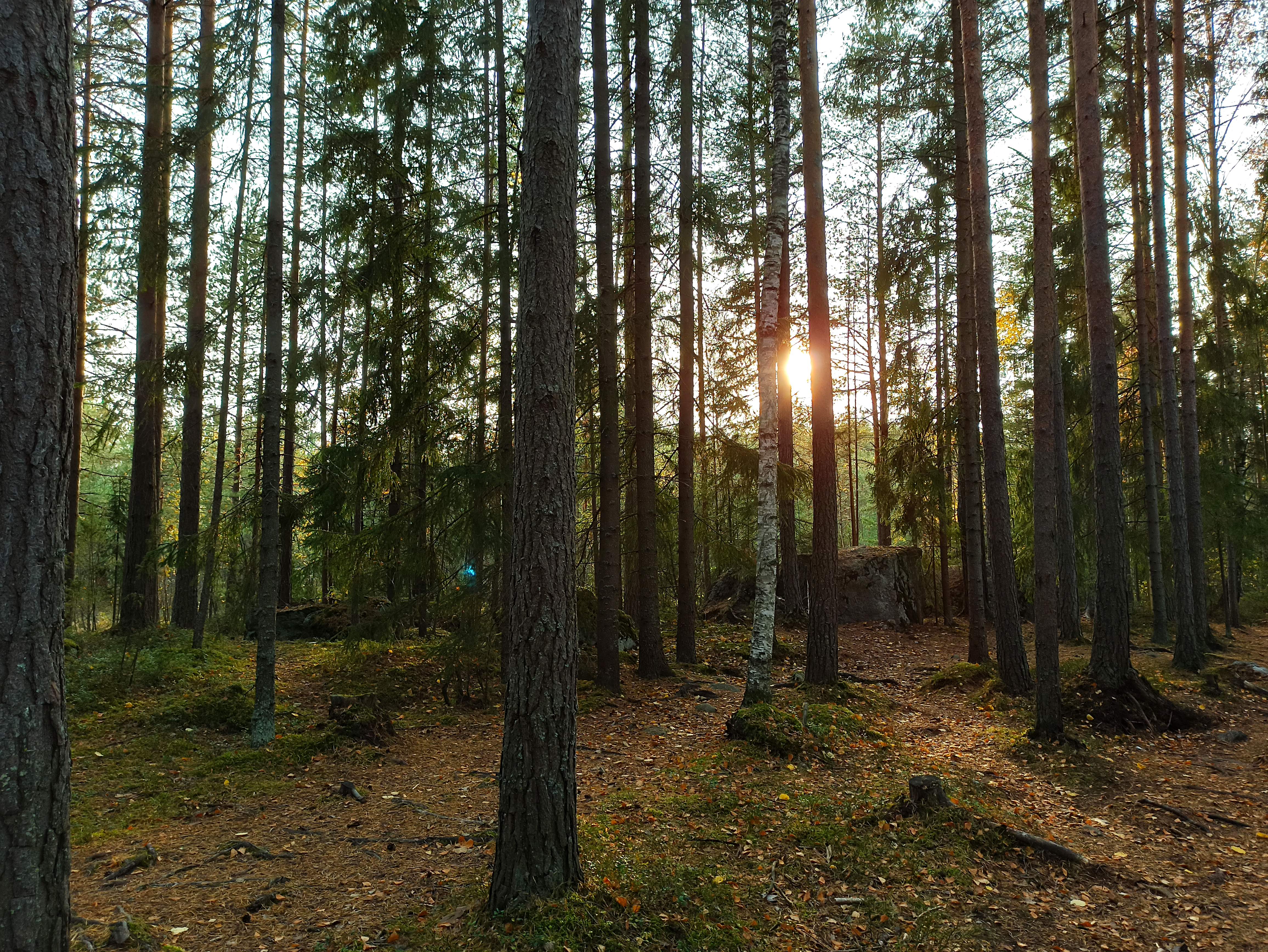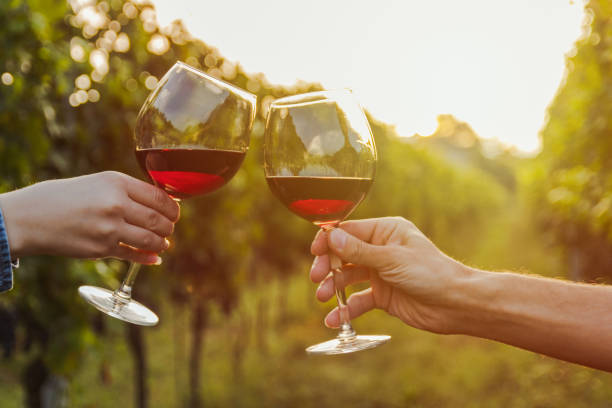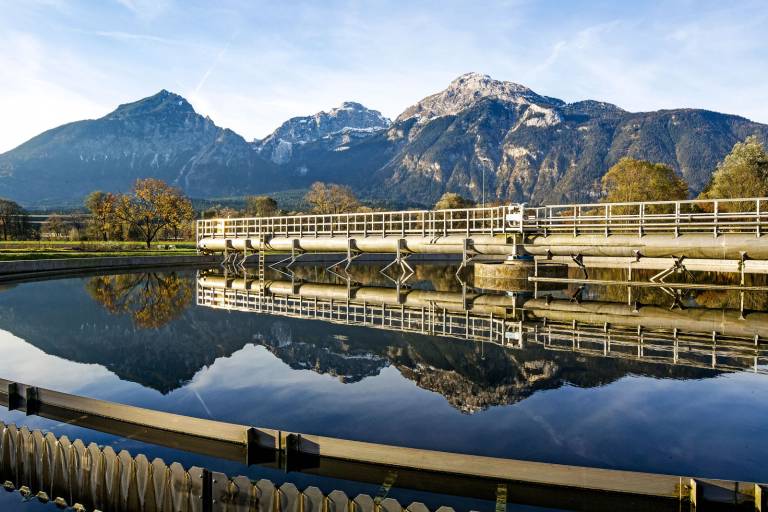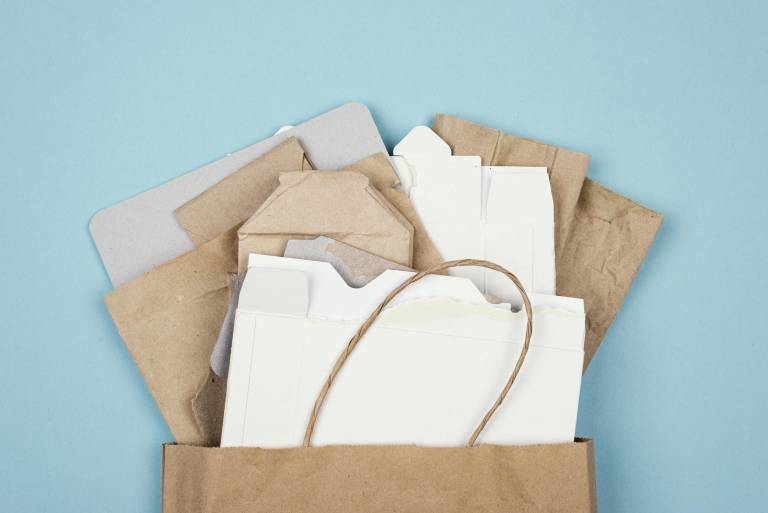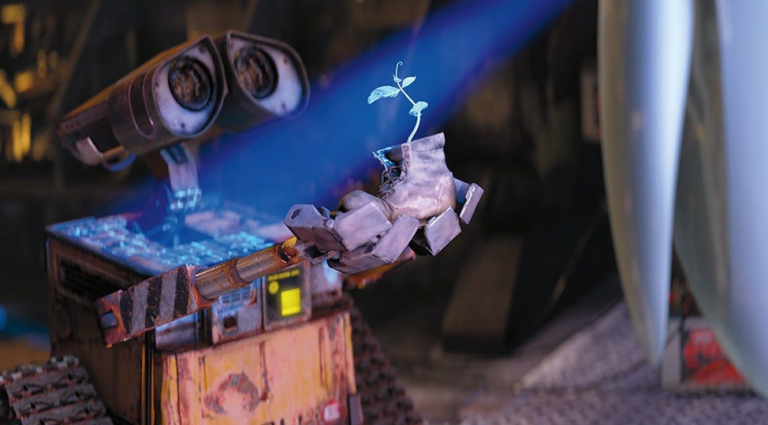It’s autumn in Finland again and the trees and bushes are full of berries and fruits, the streets of Nekala are filled with baskets of apples to take for free, leaves are falling, and the morning air has a crispy feel to it. Juicing season is here. Home made juice and wine is not only healthy and delicious, but also better for the environment than store bought juices, since in the process more of the nutrients are stored in the final product and no unnatural preservatives are added.

When making wine the first step is to pick the fruits/berries you want to use. After having all the berries picked up its time to juice them, this can be done with a hydraulic press juicer or by using a hand worked juicer. One of the most important things in juicing is hygiene, this is due to preventing impurities from getting in the wine, and if this happens you will have a whole bucket of vinegar.
The next step is to check the specific gravity of the juice if making wine. With the specific gravity we can see how strong percentage of alcohol the wine will have. If you just want to enjoy your juice as juice, I recommend pasteurising it before bottling to preserve it better. In my case I added some grape sugar to get the specific gravity to 90 oechles, after fermentation specific gravity should be 0 oechles. With 90 oechles the wine should be about 12% alcohol.
Third step of the process is adding yeast and letting the wine ferment. This is done by first mixing a bag of vine yeast into a glass of 38˚C to get the fermentation started. When the yeast is mixed its time to pour it in the fermentation container, in my case I used a bucket, but a large glass bucket or other kind of a container is fine to use if it has been cleaned properly, and make sure there is a possibility to add a water lock on the container to prevent impurities from getting in the wine.
After the wine has fermented, it has used up all the sugar and its time to add fermentation stopper to the wine, to prevent later fermentation when sweetening the wine, for example red wine has about 3.5g/L of sugar in it. You can also make the wine clear easier with a clearer, but this is not mandatory.
Last step is to bottle it up after letting the wine sit in the container in cold to let all the leftover bits of berries yeast etc to set in the bottom. When the wine has been sweetened and cleared it can be bottled with a siphon, after this you can let the bottles sit for a while to make the taste a little better, normally wine sits from 2 weeks to a year.

